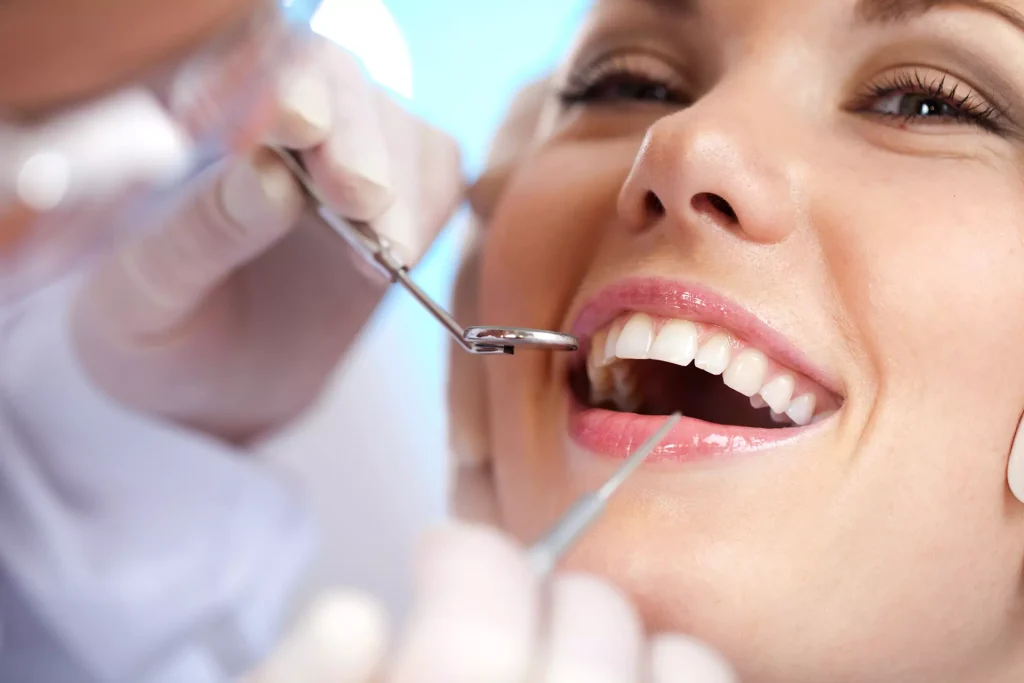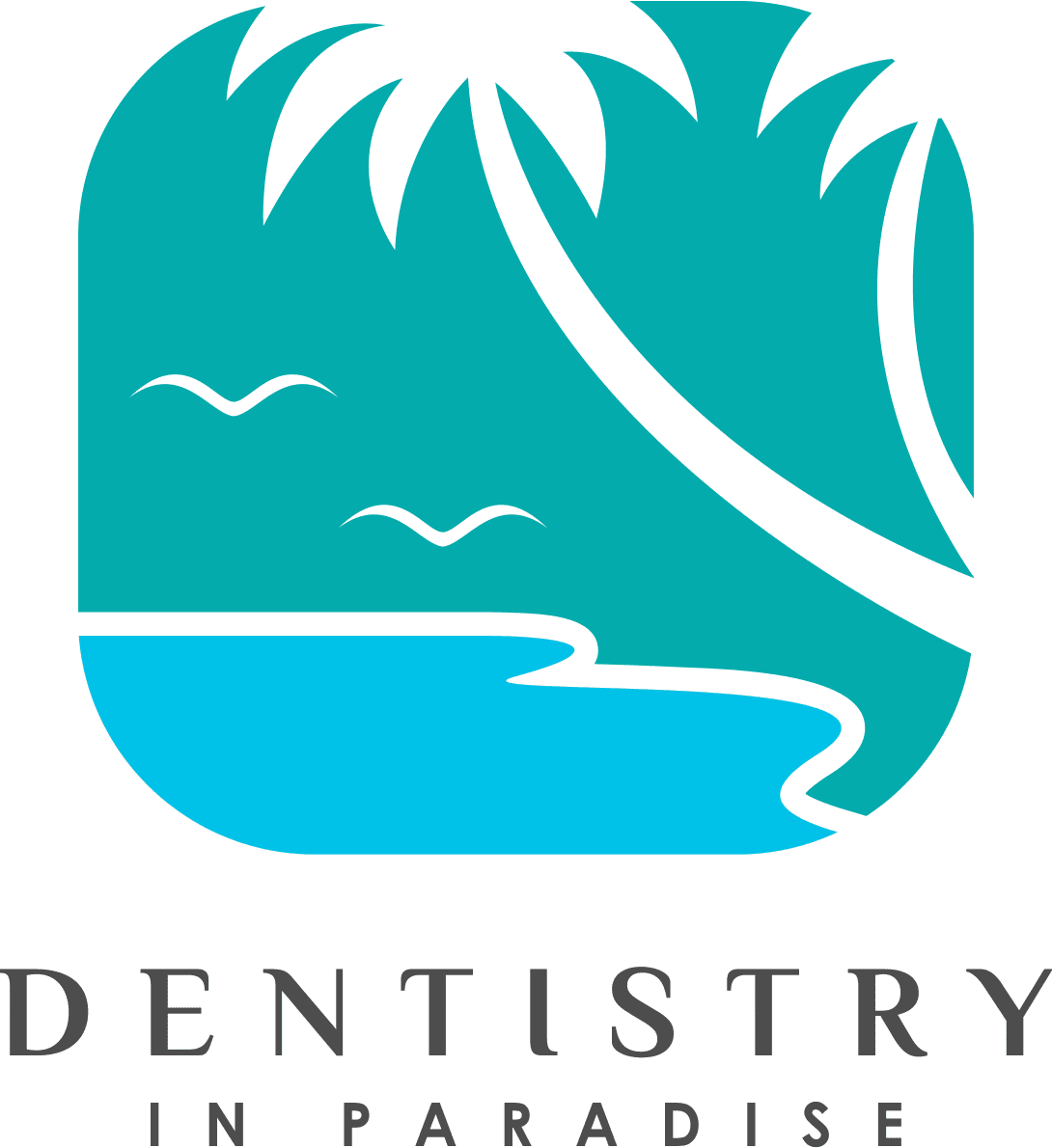
Dr. Miller has perfected the art of making in- office crowns with the use of our amazing Cerec Machine, which we featured in a previous newsletter. We have received such positive feedback from you, our patients, who appreciate the fact that crowns are started and finished in one visit. No temporaries are
needed while you wait for the permanent crown. The exception to this would be if you wanted a gold crown. We still need to use a specialized lab to make the gold restoration.
A crown is done when there is extensive decay or fractures on a tooth that cannot be repaired with a filling. You may also need a core buildup to restore the anatomy of the tooth to provide retention for the crown. Dr. Miller removes the decayed or damaged area and prepares the tooth for the digital impression that will be used for the crown. This impression is sent to the Cerec machine for a custom design. The design goes to the milling machine that completes the porcelain crown.
We are using this same technique to make onlays or inlays. The difference between these and a full crown is the amount of tooth structure that is lost to decay. These are more conservative as less tooth structure is removed. An onlay is appropriate when the restoration covers part of the chewing surface and involves the cusp of the tooth. An inlay is smaller and fits within the cusps of the tooth. Both are porcelain restorations that are bonded, so it strengthens the tooth. They also last longer than a composite filling. Insurance companies generally allow an alternate benefit of a silver or composite restoration if an onlay or inlay is done on a tooth. Patients usually prefer the upgraded procedure because of the benefits just mentioned. Please contact us if you have any questions regarding these porcelain restorations.
